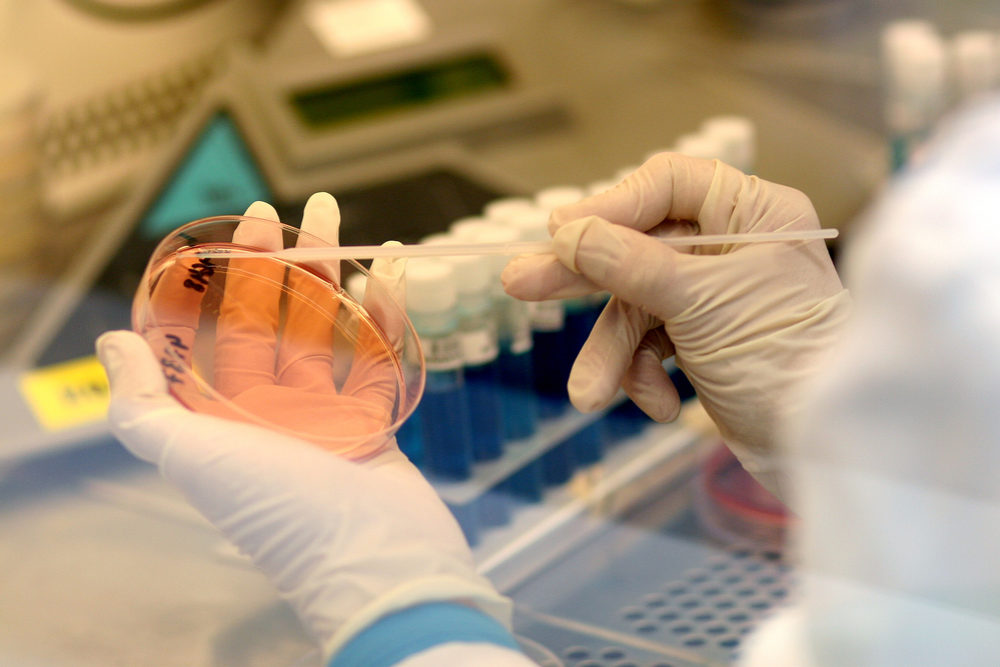Attacking Drug-Resistant Pathogens With Lots of Antibiotics Doesn’t Work: Study

Researchers are calling in to question the common practice of treating resistant pathogens with aggressive doses of antibiotics, saying an analysis of prior studies reveals that this may not be the best course.
In a study published in the journal Proceedings of the Royal Society B, researchers from Princeton and 16 other leading universities reviewed information from 70 studies involving antimicrobial resistance.
The team of top researchers found that there is a lack of evidence to support the commonly held idea that treating resistant pathogens with aggressive courses of antibiotics may contribute to the emergence and spread of resistant pathogens.

Did You Know?
Millions of Philips CPAP Machines Recalled
Philips DreamStation, CPAP and BiPAP machines sold in recent years may pose a risk of cancer, lung damage and other injuries.
Learn MoreThe scientists gave high doses of antibiotics to mice infected with an already resistant strain of malaria and nonresistant malaria. Researchers found the drugs killed off the nonresistant malaria, leaving the resistant strains to multiply and sicken the mice further.
After reviewing this study, researchers dove into dozens of other studies to examine whether this would be true for other types of microbes as well, such as bacteria.
“We found that while there are many studies that test for resistance emergence between different drug regimes, surprisingly few have looked at the topic of how varying drug dosage might affect the emergence and spread of resistance,” said study authors.
Overall, the scientist found very few studies with animal models or patients, most of the studies were lab cell cultures. However, the researchers concluded the best practice concerning antibiotics depended on whether the resistance is new or existing, how many mutations were necessary for the pathogen to become resistant and how long the drugs have been in use.
In short, the findings revealed it is a complicated decision, involving many factors.
The standard model currently is for doctors to treat bacterial infections aggressively before the bacteria can develop a resistance. However, microbes, like bacteria and parasites can evade powerful drugs by undergoing genetic mutations that enable them to avoid being killed by the drug.
Bacteria can also develop enzymes that degrade certain antibiotics, resulting in resistance to the very antibiotics often prescribed to kill the bacteria.
Finding The Right Treatment Is Complicated
During the study, researchers found that drug resistance is governed by two factors, an abundance of the pathogen and the strength of the selection pressure that drives the pathogen to evolve.
The findings lead researchers to advocate, in certain instances, for moderate treatment as opposed to aggressive treatment. Moderate treatment may reduce the ability for the resistant pathogen to thrive, but still reduce total pathogen levels sufficiently that the patient can recover.
It may be the best option when treating already-resistant microbes to prevent their spread. It may also be the best option for drugs that have been on the market for several years with plenty of time for resistant strains to develop.
Aggressive treatments may be best for pathogens that develop resistance slowly, over the course of multiple mutations. Yet, researchers concede, finding the best dose will most likely need to be assessed on a case by case basis to determine what is best for each individual patient without spreading the microbes or causing mutations.
“It’s remarkable how little we know about this topic,” said study authors. “We are a long way from having the evidence for the best treatment decisions with respect to resistance for a range of diseases.”
Antibiotic Overuse Concerns
The researchers join a growing number of experts raising concerns about the rise of drug resistant bacteria; especially in the face of overprescribing habits many doctors seem to have adopted as standard practice.
A study release last month revealed hospitals throughout the country are increasingly treating illnesses with several different types of antibiotics at the same time, increasing the patient’s risk of future infection.
The practice is typically done to treat illnesses which are difficult to diagnose early. Yet, researchers found when questioned later after the diagnosis was obtained, patients were still on several types of antibiotics.
Last year, researchers concluded despite numerous warnings from health experts concerning antibiotic resistant bacteria, many doctors were still misusing and overprescribing antibiotics.
The study published in JAMA Internal Medicine revealed that six out of every 10 times a patient complains of a sore throat a doctor will prescribe antibiotics, even though only one out of every 10 cases can effectively be treated with antibiotics.
Get more articles like this sent directly to your inbox.
"*" indicates required fields





0 Comments